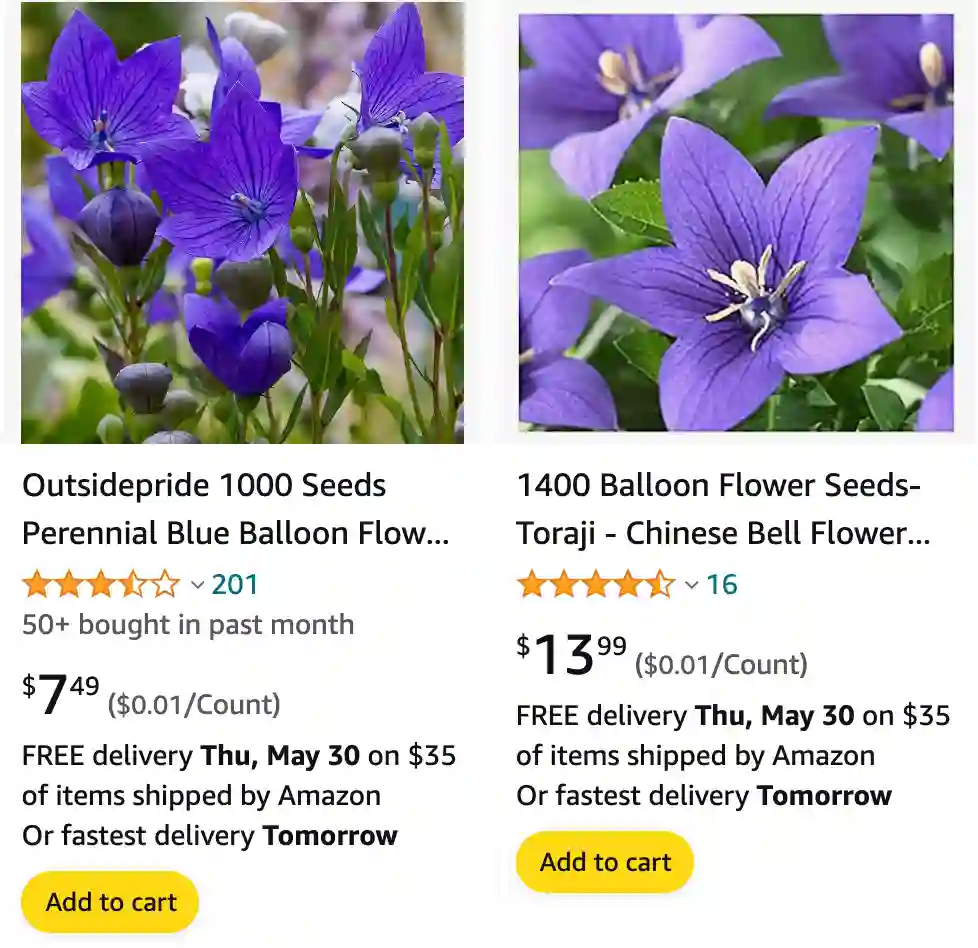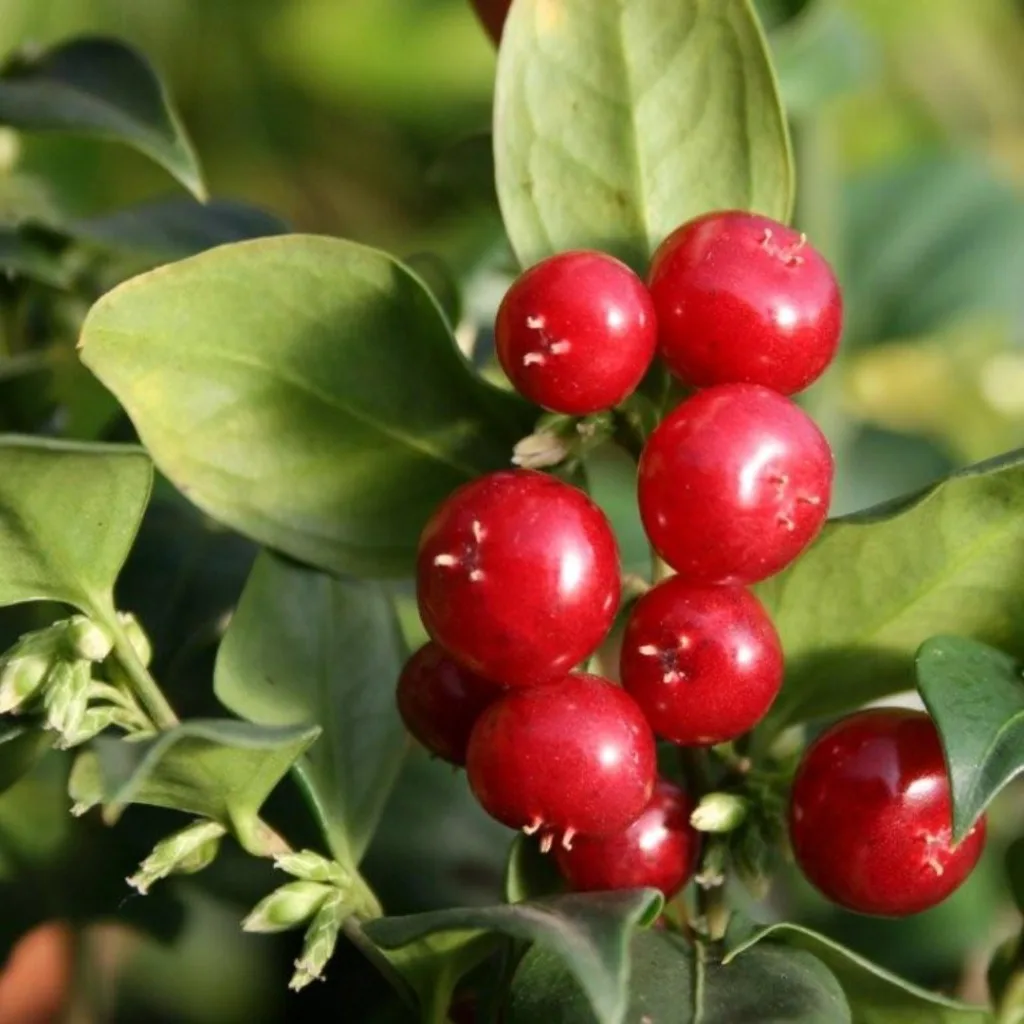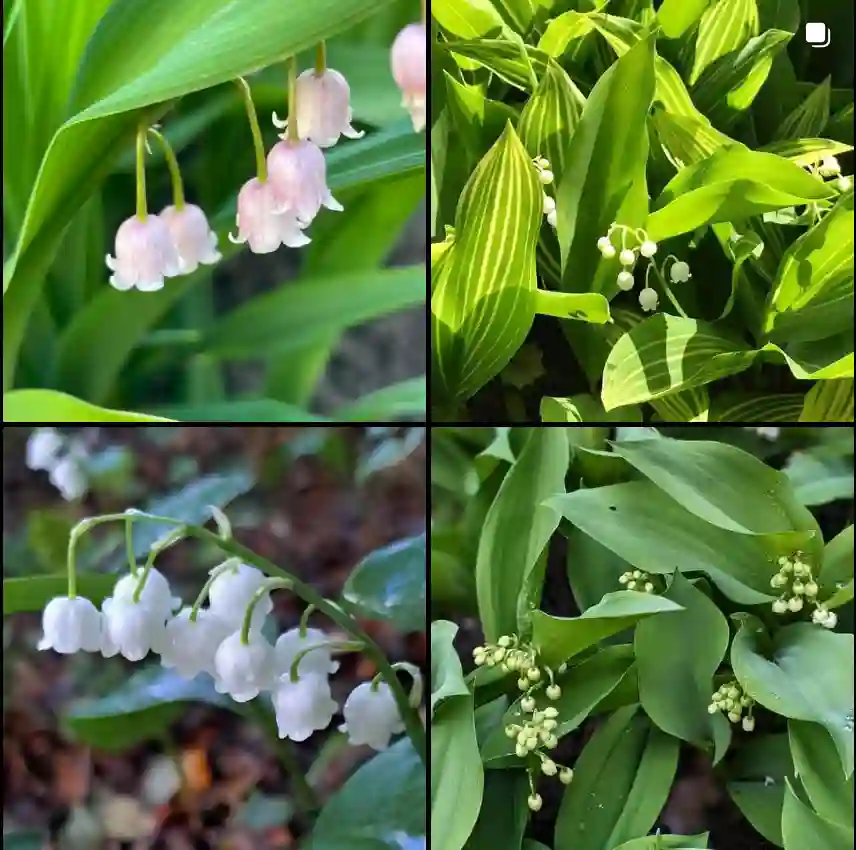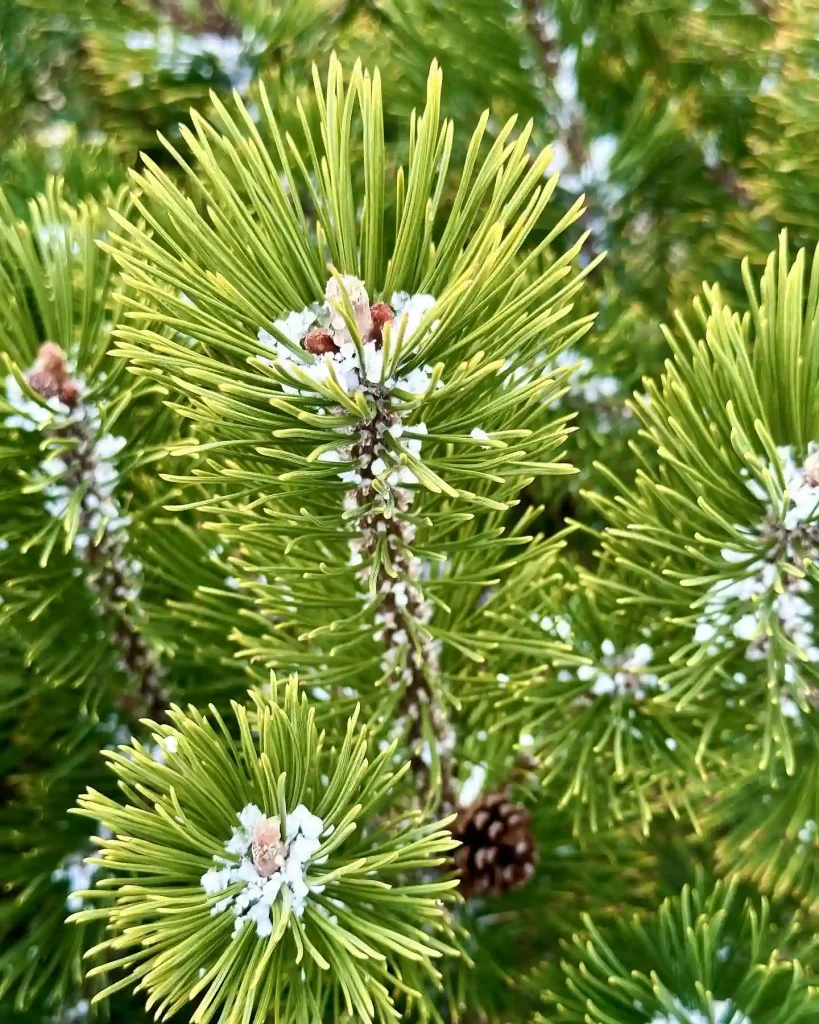
Platycodon: A Deep Dive with Ferb Vu
As a plant enthusiast, I’ve always been drawn to unique and captivating flora. One genus that has particularly piqued my interest is Platycodon, more commonly known as Balloon Flower. This fascination stems from its intriguing morphology, vibrant colors, and rich history in traditional medicine. Join me as we delve deeper into the world of Platycodon, exploring its various facets and appreciating its beauty.
What is Platycodon?
Platycodon is a small genus belonging to the Campanulaceae family, which comprises flowering plants commonly known as bellflowers. The name “Platycodon” originates from the Greek words “platys” (meaning broad) and “kodon” (meaning bell), aptly describing the plant’s distinct bell-shaped flowers.
These herbaceous perennials are native to East Asia, specifically China, Korea, Japan, and the Russian Far East. They thrive in a variety of habitats, from grasslands and meadows to mountainous regions. Platycodon plants are admired for their ornamental value, gracing gardens with their elegant blooms throughout the summer months.
The Species in Platycodon
While Platycodon was once considered a monotypic genus, recent research suggests the existence of multiple species. However, the exact number and classification remain a subject of ongoing debate among botanists.
The most widely recognized species is Platycodon grandiflorus, which boasts large, showy flowers that range in color from blue and purple to white and pink. This species has been cultivated for centuries, giving rise to numerous cultivars with varying flower shapes and sizes. Some popular cultivars include:
- ‘Astra Blue’: Produces double, deep blue flowers.
- ‘Fuji Pink’: Features delicate pink blossoms.
- ‘Hakone White’: Showcases pure white blooms.
- ‘Mariesii’: A dwarf variety with blue flowers.
Other lesser-known species within the Platycodon genus include:
- Platycodon autumnalis: Characterized by its late-blooming flowers.
- Platycodon homallanthinus: Distinguished by its smaller, less showy flowers.
The Allure of Balloon Flowers
The charm of Platycodon lies in its unique floral display. The flower buds, resembling inflated balloons, gradually unfurl into exquisite bell-shaped blossoms. This captivating transformation has earned them the moniker “Balloon Flower.” The blooming period typically extends from mid-summer to early autumn, adding a splash of color to gardens when many other plants are past their prime.
Beyond their aesthetic appeal, Platycodon plants are relatively low-maintenance, making them a popular choice for gardeners of all skill levels. They prefer well-drained soil and thrive in full sun to partial shade. Once established, they are fairly drought-tolerant and can withstand cold temperatures.
Platycodon in Traditional Medicine
Platycodon grandiflorus has a long history of use in traditional medicine, particularly in East Asia. Its roots, known as “Jiegeng” in Chinese medicine, are believed to possess various therapeutic properties. They are commonly used to treat respiratory ailments such as coughs, bronchitis, and asthma.
The roots contain several bioactive compounds, including saponins, flavonoids, and polysaccharides, which contribute to their medicinal effects. These compounds have been shown to exhibit anti-inflammatory, antioxidant, and anti-tumor activities.
Culinary Uses of Platycodon
In addition to its medicinal applications, Platycodon grandiflorus is also used in culinary traditions. The young leaves and roots are edible and often incorporated into salads, soups, and stir-fries. They have a slightly bitter taste and a crunchy texture, adding a unique dimension to dishes.
In Korean cuisine, the roots are commonly used to make a popular side dish called “doraji-muchim.” The roots are peeled, shredded, and then seasoned with various spices and sauces.
Where to buy Platycodon grandiflorus?
I usually buy Platycodon grandiflorus, also known as balloon flower, from my local nursery or garden center. There’s a charming place called Shorty’s Garden & Home in Vancouver, WA, where I’ve had great luck finding them. They have a good selection of perennials, and the staff is always helpful. If I can’t find them there, I sometimes check online nurseries like Bluestone Perennials or Burpee. It’s a bit of a treasure hunt, but that makes it more fun!
Can you grow Platycodon grandiflorus in a container?
Growing Platycodon grandiflorus in a container is definitely possible, and I’ve done it with great success. I use a medium-sized pot with good drainage and a high-quality potting mix. These plants don’t like to be waterlogged, so I make sure the soil stays moist but not soggy. I keep my container-grown balloon flowers on the patio where they get plenty of sunlight, and they thrive beautifully there.
Do Japanese beetles like Platycodon grandiflorus?
Japanese beetles do seem to have a taste for Platycodon grandiflorus, unfortunately. I’ve noticed them munching on the leaves a few times, which can be quite frustrating. To manage them, I handpick the beetles whenever I see them and drop them into a bucket of soapy water. I’ve also tried using neem oil as a deterrent, which has helped to some extent.
How to care for Platycodon grandiflorus?
Here’s a guide on how to care for Platycodon grandiflorus:
Sunlight:
- Thrives in Sun or Partial Shade: Platycodon grandiflorus is adaptable to light conditions. It will flower best in full sun, receiving at least 6 hours of direct sunlight daily. However, it can also tolerate partial shade, especially in hotter climates where afternoon sun can be intense.
Soil:
- Well-Drained and Slightly Acidic is Ideal: Platycodon grandiflorus prefers well-draining soil that allows excess water to drain freely. Clay soil can lead to root rot. Loamy soil with good drainage is a good option. It also benefits from slightly acidic soil, ideally with a pH between 6.0 and 7.0. You can amend the soil with organic matter like compost or peat moss to improve drainage and increase acidity.
Watering:
- Water Moderately: Aim for consistent moisture throughout the growing season, but avoid soggy soil. Allow the top inch of soil to dry slightly before watering. During hot, dry periods, you might need to water more frequently, especially for container-grown plants. Reduce watering frequency in fall as the plant goes dormant.
Fertilizing:
- Light Feeder: Platycodon grandiflorus is not a heavy feeder. A light application of a balanced fertilizer in early spring is sufficient. Avoid over-fertilizing, as it can reduce flowering and promote excessive foliage growth.
Deadheading (Optional):
- Encourages Continuous Bloom: Deadheading spent flowers can encourage the plant to produce more blooms throughout the season. Simply remove the wilted flowers by pinching or cutting them off at the stem.
Cutting Back:
- Maintain Shape and Encourage Bushiness: After the flowering period is over in late summer or fall, you can cut back the stems by about one-third to maintain a desired shape and promote bushier growth.
Winter Care:
- Cold Hardy: Platycodon grandiflorus is generally cold hardy to USDA zones 3-8. It can tolerate freezing temperatures without any special protection. In colder climates (zone 3), you can add a light layer of mulch around the base of the plant for extra winter insulation.
Propagation:
- Division: You can propagate Platycodon grandiflorus by dividing established clumps in spring or fall. Carefully dig up the clump and use a sharp knife or spade to divide it into sections, each with healthy roots and shoots. Replant the divisions in separate locations following the planting guidelines below.
- Seeds (Less Common): Propagation by seeds is less common but possible. Seeds can be sown indoors in pots filled with well-draining soil mix in early spring. Germination can take several weeks. Once seedlings are established, they can be hardened off and transplanted outdoors after danger of frost has passed.
Planting:
If you’re planting Platycodon grandiflorus for the first time, here’s a quick guide:
- Choose a location with well-draining soil and suitable sunlight conditions (full sun or partial shade).
- Dig a hole 2-3 times wider than the root ball of your Platycodon grandiflorus and just as deep.
- If your soil is heavy clay, amend the planting hole with compost or peat moss to improve drainage and acidity.
- Carefully remove the plant from its pot (if container-grown) and gently loosen any pot-bound roots.
- Place the Platycodon grandiflorus in the hole, ensuring the root crown (the area where the stem meets the roots) sits at or slightly above the surrounding soil level.
- Backfill the hole with the amended soil mix, tamping it down gently to remove air pockets.
- Water thoroughly to settle the soil around the roots.
Additional Tips:
- Pests and Diseases: Generally resistant to pests and diseases. However, watch for common garden problems like aphids or powdery mildew. You can address these issues with insecticidal soap, neem oil, or fungicide if necessary.
- Deer Resistant: Platycodon grandiflorus is generally resistant to deer browsing.
Is Platycodon grandiflorus safe for cats?
I’m not entirely sure if Platycodon grandiflorus is safe for cats, but I prefer to err on the side of caution. My cat likes to nibble on plants occasionally, so I keep my balloon flowers in an area she can’t easily access. It’s always a good idea to check with a vet or look up reliable sources for information on plant toxicity to pets.
Where to buy Platycodon grandiflorus in Clark County, WA?
For buying Platycodon grandiflorus in Clark County, WA, aside from Shorty’s Garden & Home, I’ve also had luck at Tsugawa Nursery in Woodland. Both places have knowledgeable staff who can help you find what you need. If they don’t have it in stock, they can often order it for you. It’s great to support local businesses, and they usually have high-quality plants.
Conclusion
Platycodon, with its captivating balloon-like buds and vibrant bell-shaped flowers, is a delightful addition to any garden. Its resilience, low-maintenance nature, and diverse applications make it a truly remarkable genus. Whether you’re drawn to its ornamental beauty, medicinal properties, or culinary potential, Platycodon is sure to leave a lasting impression.
As I continue to explore the world of plants, I am constantly amazed by the diversity and ingenuity of nature. Platycodon serves as a beautiful reminder of the wonders that lie within the plant kingdom, waiting to be discovered and appreciated.
If i die, water my plants!



